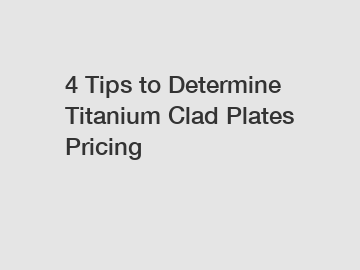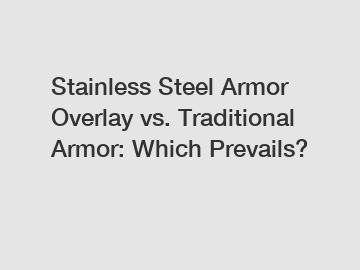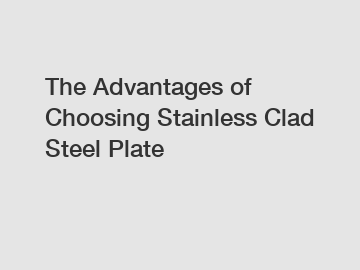Aluminum Profile Understanding and Selection
Mar. 23, 2024
1. Characteristics of aluminum profiles:
Lightweight and high strength: Aluminum profiles have a relatively low density but high strength, making it an ideal lightweight structural material. Under the same load-bearing conditions, the use of aluminum profiles can greatly reduce the weight of the structure and improve the stability and safety of the overall structure.
Excellent corrosion resistance: Aluminum profiles have excellent corrosion resistance and can maintain good performance even in humid and corrosive environments;
Good electrical and thermal conductivity: Aluminum profiles have good electrical and thermal conductivity and are suitable for making electrical equipment and heat transfer equipment. Its electrical conductivity is second only to copper;
Easy to process and form: Aluminum profiles have good processability and formability, and can be processed through cutting, drilling, bending, welding and other processes to meet the needs of different shapes and sizes;
Environmentally friendly and recyclable: Aluminum profiles are recyclable metal materials with high recycling rates and are environmentally friendly;
2. Types of aluminum profiles:
Familiar with various types of aluminum profiles, and well aware of the application situations of various profiles, it will be more convenient for scheme design and detailed design;
Classified by use: architectural aluminum profiles, radiator aluminum profiles, industrial aluminum profiles, rail vehicle structural aluminum alloy profiles, framed aluminum profiles, etc.;
Classification by alloy composition: According to different alloy compositions, aluminum profiles can be divided into different grades, such as 1024, 2011, 6063, 6061, 6082, 7075, etc.;
Classified according to different application scenarios:
General profile series, robot profile series, double speed chain profile series, lean tube profile series, European standard series, national standard series, guardrail series profiles, etc.;
3. Connection method of aluminum profiles:
There are many ways to connect aluminum profiles. The common connection methods are as follows:
3.1 Corner code connection: Connect two or more aluminum profiles together through corner codes. The corner codes can be at different angles such as 90°, 45° or 135° to meet different connection needs;
3.2 Screw connection: Use screws to fix the aluminum profiles together. This connection method is simple and quick, and is suitable for simple profile connections.
Hurricane Window Screens vs Perforated Gutter Guards: A Detailed Comparison
How Does Copper Infused Aluminum Foil For Cooking Work?
How Does Lightweight Carbon Fiber Construction Enhance Performance?
10 Questions You Should Know about the Benefits of Titanium Steel Clad Plate
How to Choose Stainless Clad Steel Plates?
Everything You Need to Know About Stainless Clad Steel Plates
Top Wrought Iron Components for Stunning Home and Garden Projects
3.3 Notch connection: Use the notch of aluminum profiles for connection, such as L-shaped angle slot connectors, high-strength angle slot connectors, etc. This connection method has high strength and good stability.
3.4 Welding connection: For some occasions that require high-strength connection, welding can be used to connect aluminum profiles together. However, it should be noted that not all aluminum profiles are suitable for welding and need to be selected according to specific material and process requirements.
4. Principles for selecting aluminum profiles:
When selecting aluminum profiles, you need to follow the following principles:
Select according to application scenarios: Different application scenarios have different performance requirements for aluminum profiles. It is necessary to select the appropriate type and specification of aluminum profiles according to the actual situation;
Consider strength and hardness: According to the pressure and stress experienced by the aluminum profile, select a material with sufficient strength and hardness to ensure the safety and stability of the structure;
Consider corrosion resistance: Aluminum profiles used in corrosive environments need to have good corrosion resistance to extend their service life;
Consider processability: Choose appropriate aluminum profiles according to processing needs to facilitate subsequent cutting, drilling, bending and other processing operations;
Consider cost factors: On the premise of meeting the usage requirements, try to choose cost-effective aluminum profiles to reduce costs;
5. Application occasions of aluminum profiles:
Construction sector:
Aluminum profiles are widely used in the construction field, such as doors, windows, curtain walls, indoor and outdoor decoration, etc.;
Industrial areas:
Industrial aluminum profiles play an important role in mechanical automation, production lines, equipment racks and other fields;
Transportation field:
Rail vehicle structure aluminum alloy profiles are important materials in the rail transit industry and are used to manufacture vehicle bodies, connectors and other components;
Key Questions to Ask When Ordering Aluminum Composite Panel Price for Canada
Understanding Copper Clad Steel Plate Prices in Russia
The Advantages of Implementing Green Energy Solutions
10 Facts You Should Know about Electric Vehicles
The Advantages of Choosing Eco-Friendly Packaging Solutions
Unveiling the Benefits of Copper Clad Steel Wire
What You Need to Know About Nickel Clad Steel Plate
532
0
0
Next: None
Related Articles










Comments
All Comments (0)